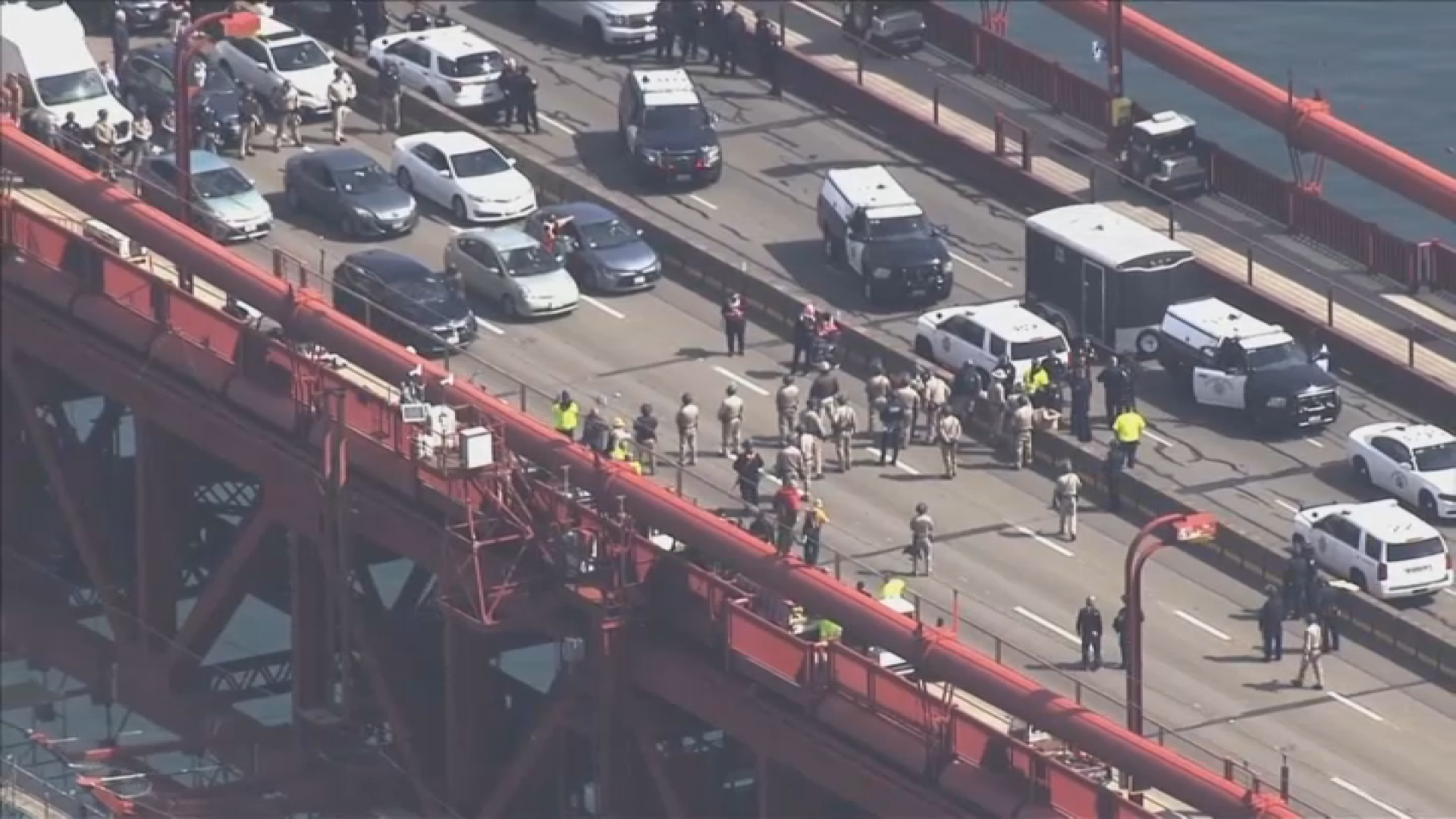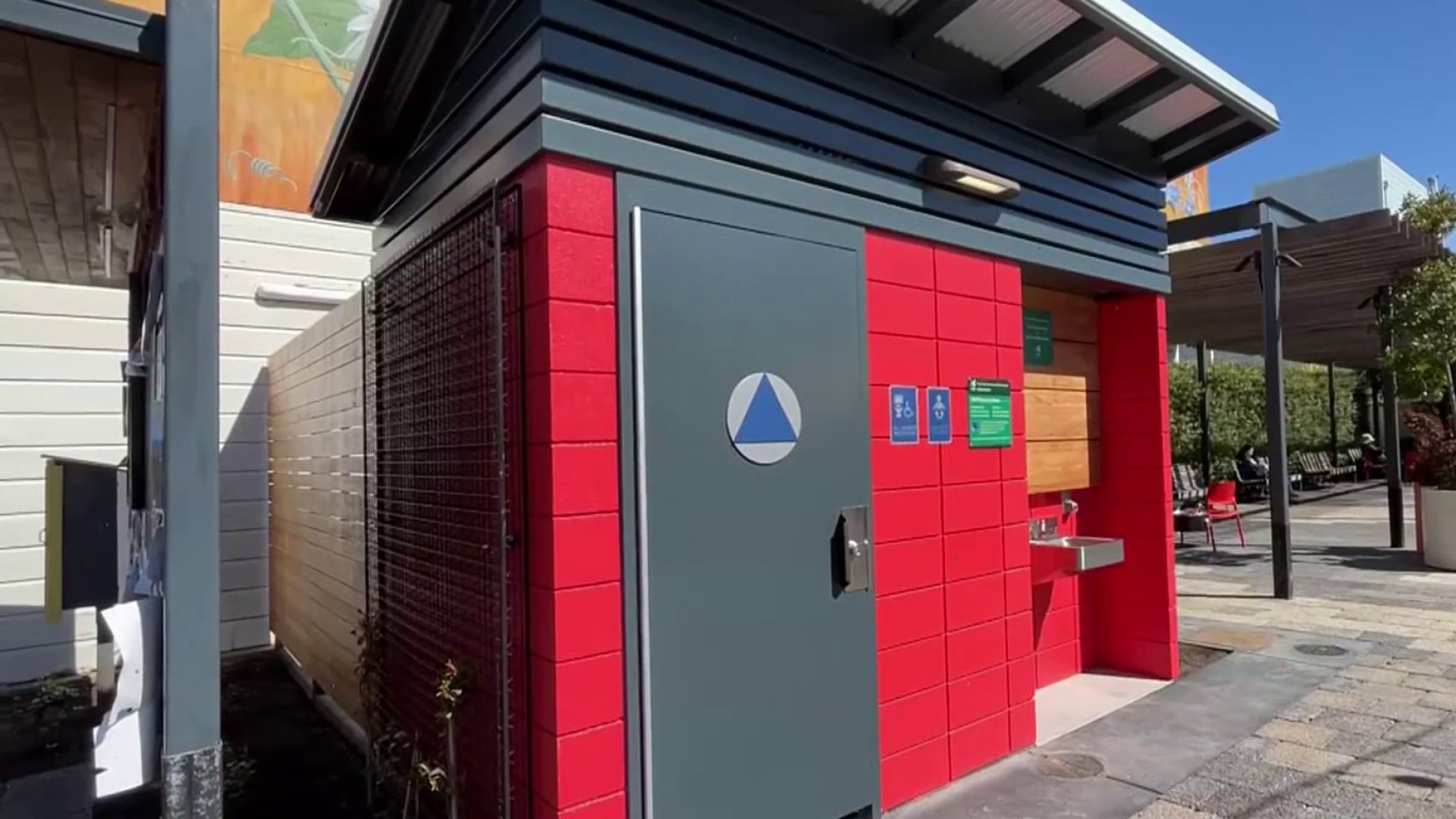Struggling students are getting hit by fees from a place they didn’t expect – trying to get their hands on their own financial aid money.
What’s out there to help struggling students may end up hurting some of them. Already, Students face mounting bills to pay for higher education from classes, books to tuition costs, but there’s one variable many students haven’t factored into that list: fees they may be paying to get access to their own financial aid money.
Many banks charge debit card fees for students trying to get their financial aid money, but NBC Bay Area took a closer look at Higher One – a company one consumer group calls a major player in this campus debit card industry. In fact, last year students across the country paid about $88 million to Higher One just to get their hands on their own money.
Traditionally, financial aid money was sent to students in the form of a paper check. It was completely the school’s responsibility to not only finish the process, but pay for printing out individual checks and mailing them out. Now, many have brought in a middle-man to take care of getting the cash to students.
West Valley-Mission Community College District Financial Aid Director Rita Grogan says that process was extremely expensive.
“In some cases, that’s probably anywhere from $7.00 to $12.00 to $15.00, per check,” Grogan said.
In sum, that could cost roughly $300,000, but that cost has been cut from schools like West Valley, Mission and De Anza. At least 15 Bay Area schools have contracted with Higher One, a financial firm that issues debit cards to students as a way for them to get their financial aid money.
Local
“We’re actually saving a lot of money by going to this while still servicing the students and getting their money to them faster,” said Grogan. That factor of convenience and savings in time is a top reason why De Anza’s Interim Financial Aid Director Rob Mieso says his school is using only Higher One.
So what’s the problem?
California Public Interest Research Group or CALPIRG consumer advocate Jon Fox says one out of eight students in the U.S. who receives financial aid, receives it through Higher One.
Fox adds, Higher One made about $88 million last year just on fees incurred by students on their debit cards. There are more than 100 California schools using Higher One, 15 of them in the Bay Area, most of them community colleges.
The most prevalent charges for the Higher One debit card include: 50-cents every time a student swipes with a PIN at a merchant, and a minimum $2.50 for using a non-Higher One ATM, in addition to whatever fee that foreign ATM charges. But like at many other schools, there is only one ATM on campus. At De Anza, Mieso says the one machine serves roughly $11,000 students. Some of those students told NBC Bay Area the machines are often out-of-service, forcing them to use a foreign ATM and incur more fees.
“They’re kind of giving you no choice but to add to their profit.” Fox added, “This is federal aid we’re talking about – taxpayer money,” said frustrated De Anza student Joe Gerlach.
In a statement, Higher One told NBC Bay Area that students are not required to open up a Higher One account to receive their financial aid. Instead, they can choose to have their money deposited into the bank of their choice or receive a paper check. But if they open an account with Higher One “there are absolutely no hidden fees. Our charges are competitive with national and regional banks around the country and students are required to read the ‘pop-up’ disclosure of the fee schedule before they are permitted to open an account, so all the information is upfront and no-nonsense."
Higher One also says the deposit into a personal bank account can happen in as fast as 24-48 hours, but students like Gerlach told NBC Bay Area it took much longer.
“It was a five-day difference if I remember correctly,” said Gerlach, adding this was a wait he simply couldn’t afford, because he needed the money right away.
In August, the Federal Deposit Insurance Corporation or FDIC announced it had settled with Higher One, after accusing the company of “deceptive and unfair” practices. Federal regulators said Higher One was excessively charging students if they had overdrawn their funds. Without admitting or denying the charges, Higher One agreed to pay back $11 million to about 60,000 students. The FDIC also fined the company $110,000. Higher One says the small penalty delineates the light charges and how much it had been cooperating with the FDIC. Critics argue it shows that Higher One is just a small slice of a bigger, no-so-pretty picture.
“There are other players that do similar or even worse practices to Higher One. So, we really want to see this whole area being more regulated,” Fox of CALPIRG said.
School administrators say they are teaching their students to be responsible and financially literate.
“We feel we’re kind of training students toward the future,” Grogan said.
Students like Gerlach, a father of three, says he would prefer to skip that lesson, especially since he’s taking out loans and paying interest on them to go to school and support his three children.
“They’re really making money off of money that I have to pay interest on. Do they really need to make that much money doing it?”
Again, Higher One is not the only company out there charging debit card fees to students to get their financial aid money. It’s such a growing trend that the Consumer Financial Protection Bureau issued a warning this fall to students about financial aid debit cards and the fees that come along with them.



